Connections......Art,Science,Photography,Politics and Gower Answer
I set a question on Saturday evening.......Connections Art, Science, Photography, Politics and Gower.
Here is my answer, though you might think you might have a better answer and i welcome them.
Lets start of with Art. In one of the previous blog, I wrote about the Glynn Vivian Art Gallery, locally known as the the Glynn Vivian. The building was built resulting from the generous offer from Richard Glynn Vivian, when he offered his collections of painting, drawings and china to the city, and an endowment of £10,000, during 1905. Vivian an collected his art collection from his travels around Europe and various other places. 1909, blind, Vivian laid the foundation stone. By the time of the opening of the gallery, in 1911 he was dead, and the opening ceremony was performed by his brother Graham.
Artist to have their work, to feature here include, Cedric Morris, Alfred Janes, Ceri Richards, Augustus John and Kyffin Williams, naming just a few.
Also there were donations made by Deffett Francis.
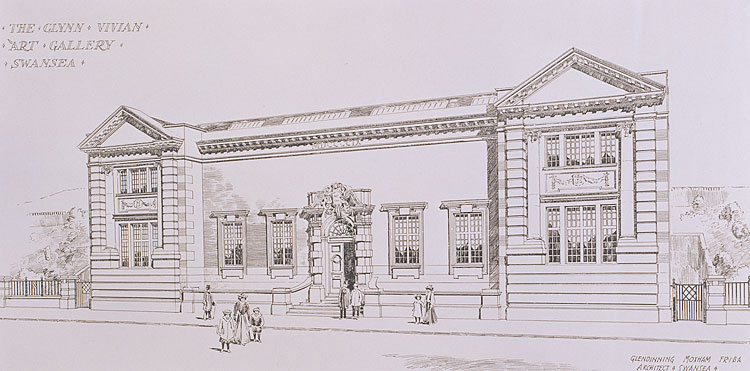
More about Richard Glynn Vivian born 1835, was the youngest son of the industrialist John Henry Vivian. When John died in 1855, the 19 year old Richard inherited a quarter of his father's successful copper business, Vivian & Sons. Instead of he followed his pursuits of travel and the arts.

1885 he married Laura Hermone Beatrice Halkett, the marriage only last 6 years, when she divorces him in 1891. This was very uncommon for the lady to do the divorcing.
During 1898, he purchased Sketty Hall. We will come back to this building in due course. Richard was to house his vast art collection, till 1911 when the art gallery was finally built. With failing sight, Richard strengthening his Christian faith, establishing missions halls in Bright, Swansea and Japan. Today mission halls are known as the International Miners' Mission. Richard also established the Glynn Vivian Rest Home for the Blind, at Caswell. Richard died at his London home, during 1910.
Lets turn our attention to his father, John Henry Vivian. John born 1785, was the son of John. It was was his father who established his copper works, the one already named above, Vivian & Sons. John the second son, (the first being Hussey Vivian, of Waterloo fame), was a manager of the Penclawdd site.

John above not owned the copper works, in Swansea, there were sites also located at Liverpool, Birmingham and London. During 1817, he purchased Marino. This building became to be known as Singleton Abbey. What we see today, the neo-gothic building is the work by the architect, of P. F. Robinson. His works also include the already mentioned Sketty Hall, and Swiss Cottage, situated in Singleton Park.
Singleton Abbey was the home of the Vivians for several years, it was to sold in 191 by Lord Swansea, to Swansea Corporation.
John was also to serve as Member of Parliament for Swansea District from 1832 - 1855, 23 years. He was also a fellow of the Royal Society.
John died during 1855. For the time being that is the end of the Vivians.
The next Member of Parliament of Swansea District from 1855 - 1885 and during the constituency Swansea, 1885 - 1892, was Lewis Llewelyn Dillwyn.
Lewis Llewelyn Dillwyn was born 1814, was the son of Lewis Weston Dillwyn, and Mary Dillwyn. We will come back to L.L Dillwyn shortly
Lewis Weston Dillwyn, born 1778, Essex , after his father the Quarker, William Dillwyn had returned from America.
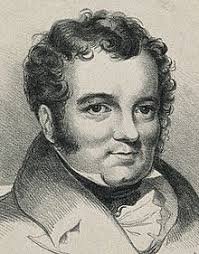
Lewis Weston Dillwyn brought the Cambrian Pottery. Cambrian Pottery, was founded during 1764 by William Coles. Coles went into partnership with George Haynes and they introduced new business strategies set out by Josiah Wedgwood. Coles went, and Dillwyn came in 1802, and finally in 1810, Haynes left.
Dillwyn married during 1807, Mary Adams, daughter of John Llewellyn of Penllergaer. Dillwyn temporarily retired from the Pottery and he was High Sheriff of Glanmorganshire and was the first Member of Parliament of First Reformed Parliament of 1834. During 1839, he purchased Sketty Hall. Thats one connections ticked.
Sketty Hall
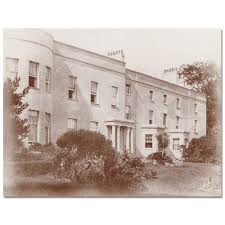
was build during 1720, and during the 18th century was used as a private house.
Back to Lewis Llwellyn Dillwyn.
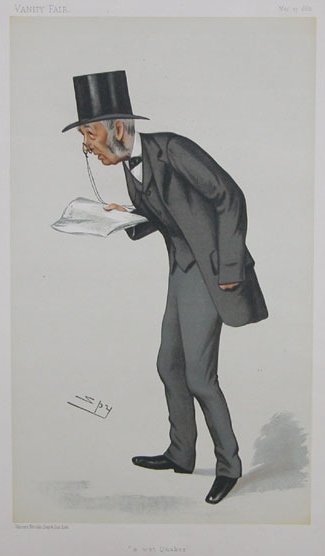
Not only was he the longest Swansea serving Member of Parliament of 37 years, he was also a industrialist. Playing a major part of Swansea industrial developments. Founding with Landore spelter works with Richards, then forming a partnership with William Siemens.
L. L. Dillwyn married the daughter of friend and geologist Henry De la Beche, Elizabeth. They were to have four children. We will come back to the daughter, Amy. They family lived in Hendrefoilan House, which was built for them during 1853.
L. L. Dillwyn's sibling were the pioneer photographer, John Dillwyn Llewellyn and photographer, Mary Dillwyn.
First John Dillwyn Llewellyn, born 1810.
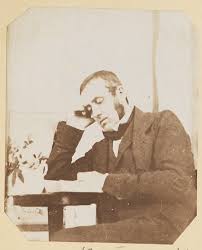
On coming to age he inherited his grandfather, John Llewelyn's estates at Penllergaer. He also had to take his name Llewelyn. It was here in Dillwyn Llewelyn's observatory that the first photograph of the moon were taken.

Dillwyn Llewelyn married in 1833, Emma Thomasina Talbot, daughter of Thomas Mansel Talbot and Mary Lucy. Thomas Mansel Talbot was of Margam and Penrice Castle. Thomas Mansel Talbot's father was Rev. Thomas Talbot, whose sister was Martha Talbot, married Rev. William Davenport. One of the children was William Davenport Talbot, father of William Henry Fox Talbot. Fox Talbot was the inventor and photography pioneer. Henry Fox Talbot and Lewis Weston Dillwyn were friends. A little confusing I know. I hope you are still with me!
Dillwyn Llewelyn also assisted Charles Wheatstone, scientist, on the first experiments in sub-marine telegraph off Mumbles Head.
Dillwyn Llewelyn and Emma had the children, Thereza and John Talbot Dillwyn.. Dillwyn Llewelyn died in 1892
Mary Dillwyn born 1816, was the earliest female photographer.
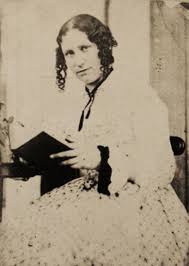
Mary is credited for the first photograph of a snowman.

As you see we are nearly coming full circle.
Turning back to Lewis Llewelyn Dillwyn, who died during his campaign trail of 1892 dying at the Royal Hotel, Swansea. He was buried St. Paul's church, Sketty.
St. Paul's Church, was built by Henry Vivian, brother of Richard Vivian. It was built, 1850, in memory of the death of his wife, Jessie's death in 1848. The church is situated on de la Beche, Sketty. The road was named after Henry de la Beche, whose daughter, Elizabeth married Lewis Lewelyn Dillwyn.
After his death, Lewis Llewelyn Dillwyn, the Conservative candidate was his nephew, Sir John Llewelyn.
Lewis Llewelyn Dillwyn's daughter was Amy Dillwyn.
The last piece of the jigsaw.
Amy Dillwyn was born 1845. She was the first female industrialist in Britain, also a novelist.
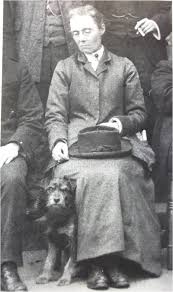
Amy had a close relationship with Olive Talbot. Olive was the daughter of Christopher Rice Mansel Talbot. Brother, of Emma Thomansina Talbot, son of Thomas Mansel Talbot.
Amy and Olive were both wealthy. Olive died during 1894, and Amy dying during 1935.
Thats all the connections.